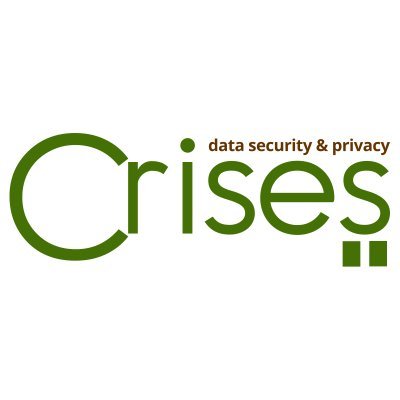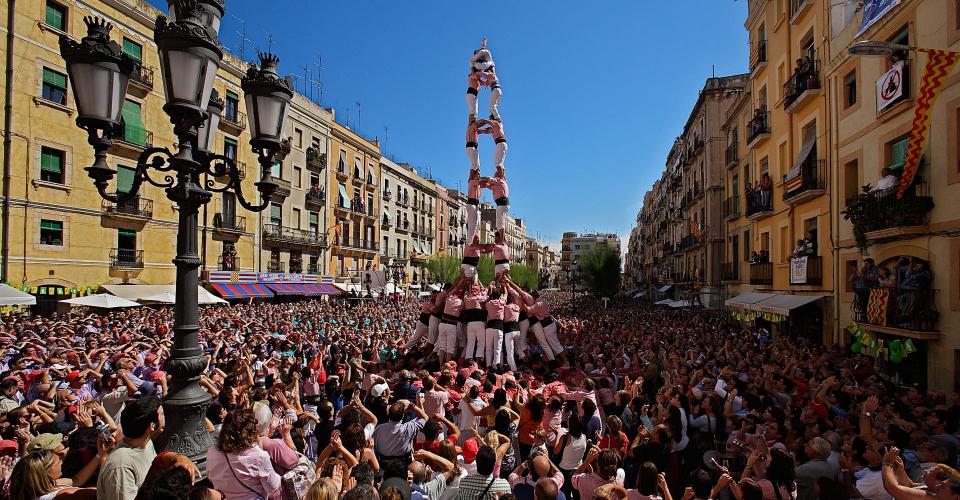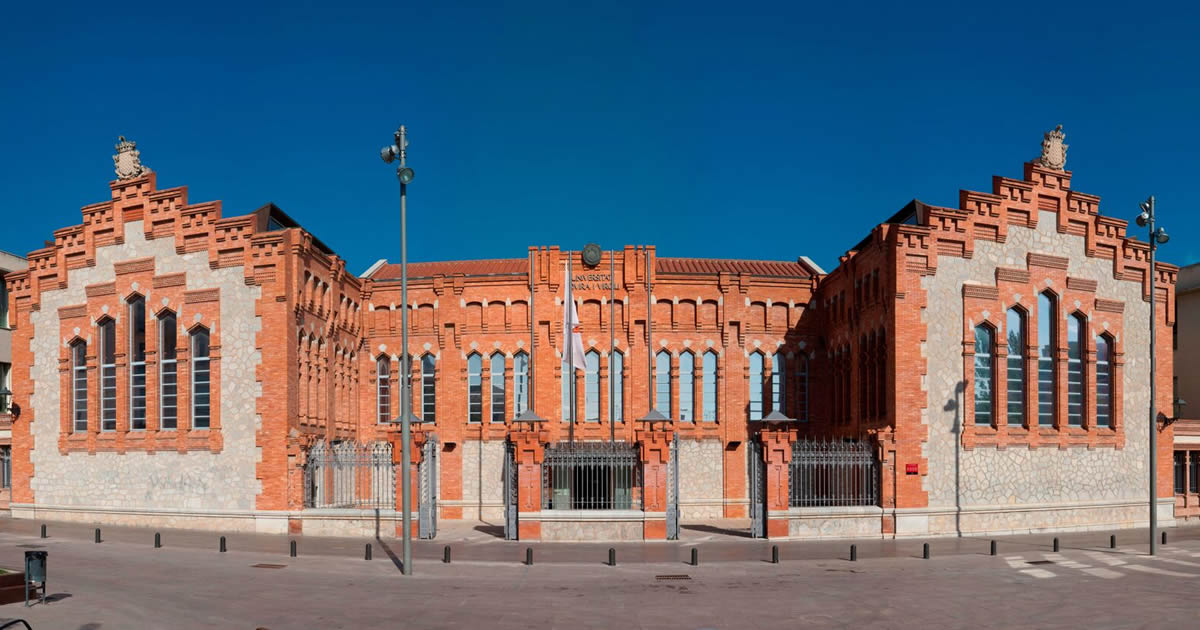A TNA experience at Universitat Rovira i Virgili
This past summer, I had the privilege of being one of the Transnational Access (TNA) visitors at the Universitat Rovira i Virgili (URV) in Tarragona. I was invited by Dr. Josep Domingo-Ferrer to collaborate with his esteemed team in the CRISES Lab.

Over the course of 12 weeks, I delved into the fascinating world of research, exploring the intersection of privacy, cybersecurity, and artificial intelligence (AI) for the first time.
From the moment I arrived, I was warmly welcomed by the CRISES Lab team, who are not only experts in their fields but also incredibly friendly and supportive. My first day was particularly memorable, as I was introduced to the team during an informative meeting that they hold every two weeks to share updates on their various projects. It was during this meeting that Dr. Josep introduced me to the team. Afterward, I was guided to my workspace and introduced to the researchers I would be sharing an office with, Dr. Rami, Dr. Carlos, Dr. Louis, and Dr. Michel. They were all incredibly helpful, especially during those crucial first days, assisting me in discovering the city and offering recommendations for places to visit and experiences to try.
The project I worked on focused on Identity Re-Identification in Anonymized Images Using Few-Shot Learning.
Under the guidance of Dr. Rami Haffar and Dr. Roberto Pellungrini, who were always available to clarify new concepts in computer vision and related topics, I embarked on a journey into the complexities of AI and machine learning. Our project had a clear goal: to implement and evaluate various anonymization techniques on facial images, such as blurring, pixelation, and differential privacy methods. We aimed to test the effectiveness of these techniques using few-shot learning models, assessing their ability to prevent re-identification attacks.
Specifically, we investigated the potential of an attacker, armed with a limited number of images of a target individual, to re-identify anonymized images of the target in a publicly available dataset. Our objective was to determine the number of images required for successful re-identification and to measure the effectiveness of different anonymization methods in protecting the target's identity.
The research process was divided into three main phases.
First, we began by searching for a pre-trained model on a larger dataset of faces that would perform optimally on our MTF dataset. This phase was both time-consuming and critical, as selecting the right model was crucial for the success of our project.
In the second phase, we implemented various anonymization techniques on our evaluation dataset and then attempted to break these methods using the model we trained with the target's images.
Finally, we collected and organized the data and metrics into clear and readable tables, preparing them for the elaboration of a scientific article in the coming days.
Working at URV, particularly within the CRISES Lab, was an enriching experience. The lab is home to passionate researchers who are committed to elevating the university's standing as one of Europe's leading institutions in computer science. On a personal level, this experience was not only scientifically enriching but also culturally enlightening. I had the opportunity to explore the vibrant city of Tarragona, steeped in history with its ancient walls and old town charm. I also savored authentic Spanish dishes, participated in local festivities such as San Juan Day, and witnessed cultural spectacles like the Castells.

Finally, I would like to extend my deepest gratitude to Dr. Josep Domingo-Ferrer, Dr. Jesús Manjón, and their incredible team for this invaluable opportunity. Working alongside them and other collaborators was a privilege, and I am grateful for the knowledge, experiences, and memories I gained during my time at URV.

